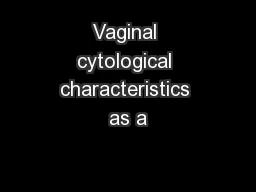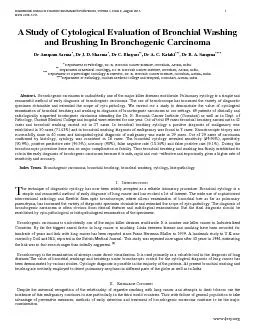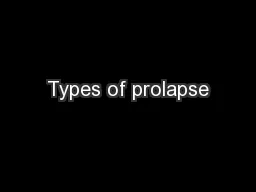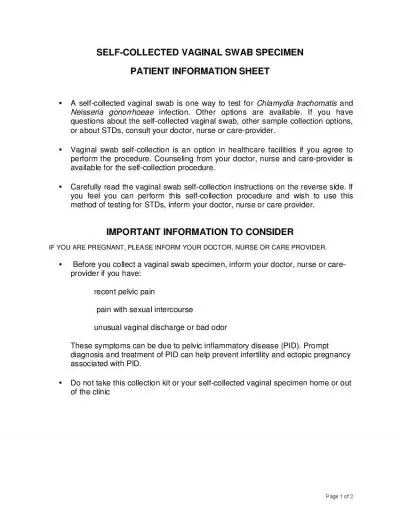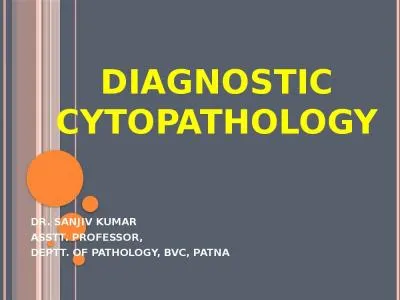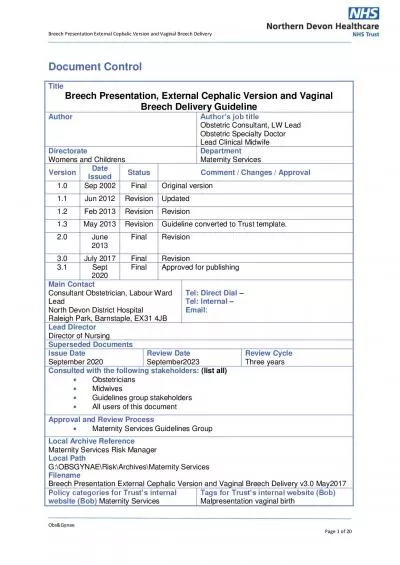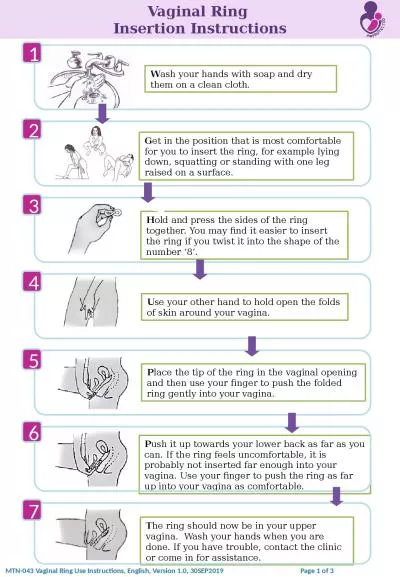PPT-Vaginal cytological characteristics as a
Author : calandra-battersby | Published Date : 2018-02-02
biomeasure of estrogenization in a communitybased population of older women Natalia Gavrilova PhD 12 Annie Dude MD PhD 1 Joscelyn N Hoffmann AB 3 Martha
Presentation Embed Code
Download Presentation
Download Presentation The PPT/PDF document "Vaginal cytological characteristics as a" is the property of its rightful owner. Permission is granted to download and print the materials on this website for personal, non-commercial use only, and to display it on your personal computer provided you do not modify the materials and that you retain all copyright notices contained in the materials. By downloading content from our website, you accept the terms of this agreement.
Vaginal cytological characteristics as a: Transcript
Download Rules Of Document
"Vaginal cytological characteristics as a"The content belongs to its owner. You may download and print it for personal use, without modification, and keep all copyright notices. By downloading, you agree to these terms.
Related Documents

